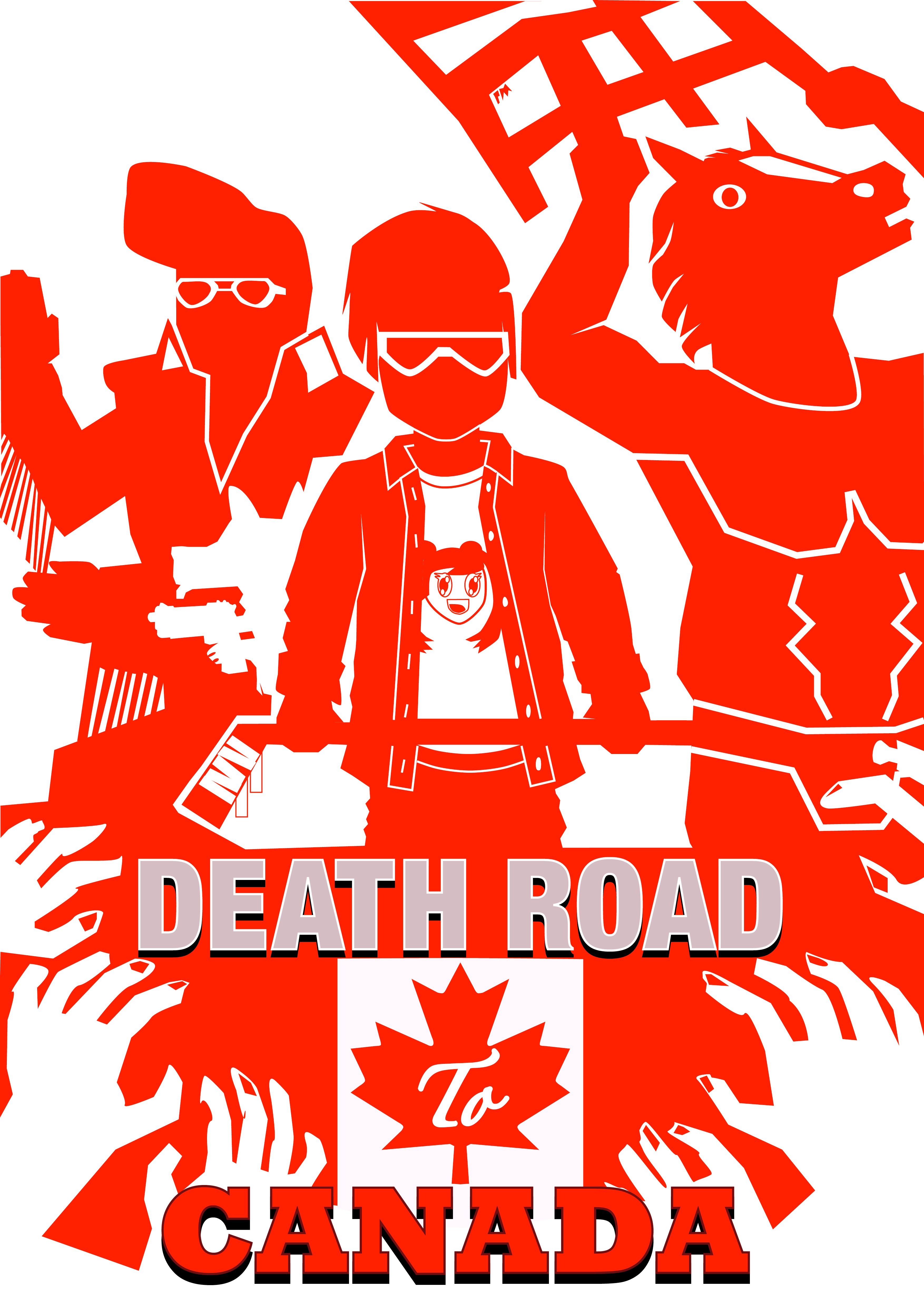


It ranks among the highest in international measurements of government transparency, civil liberties, quality of life, economic freedom, education, gender equality and environmental sustainability. The country is a Commonwealth realm and is officially bilingual (English and French) at the federal level. The country's head of government is the prime minister-who holds office by virtue of their ability to command the confidence of the elected House of Commons-and is appointed by the governor general, representing the monarch, who serves as head of state. This widening autonomy was highlighted by the Statute of Westminster 1931 and culminated in the Canada Act 1982, which severed the vestiges of legal dependence on the Parliament of the United Kingdom.Ĭanada is a parliamentary democracy and a constitutional monarchy in the Westminster tradition. This began an accretion of provinces and territories and a process of increasing autonomy from the United Kingdom. In 1867, with the union of three British North American colonies through Confederation, Canada was formed as a federal dominion of four provinces. As a consequence of various armed conflicts, France ceded nearly all of its colonies in North America in 1763. Beginning in the 16th century, British and French expeditions explored and later settled along the Atlantic coast. Indigenous peoples have continuously inhabited what is now Canada for thousands of years.

Canada's capital is Ottawa, and its three largest metropolitan areas are Toronto, Montreal, and Vancouver. Its southern and western border with the United States, stretching 8,891 kilometres (5,525 mi), is the world's longest binational land border. Its ten provinces and three territories extend from the Atlantic Ocean to the Pacific Ocean and northward into the Arctic Ocean, covering over 9.98 million square kilometres (3.85 million square miles), making it the world's second-largest country by total area.


 0 kommentar(er)
0 kommentar(er)
